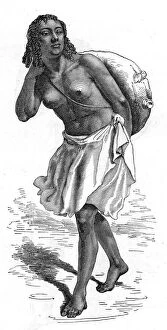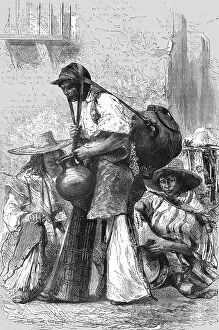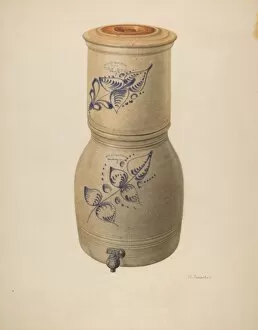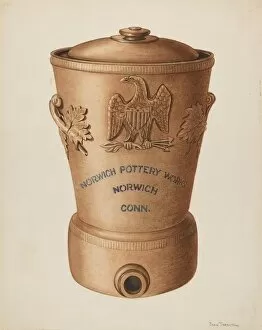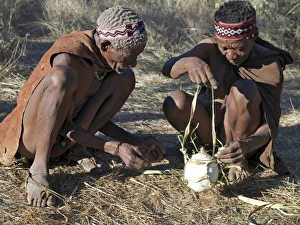Water Container Collection
"From Ancient Times to Modern Innovations: Exploring the Evolution of Water Containers" Water containers have played a crucial role in human civilization
All Professionally Made to Order for Quick Shipping
"From Ancient Times to Modern Innovations: Exploring the Evolution of Water Containers" Water containers have played a crucial role in human civilization, serving as vessels for various purposes throughout history. One such artifact is the Water Container (Pan) from the Western Zhou dynasty (c. 1050-771 B. C). This ancient vessel showcases the ingenuity and craftsmanship of our ancestors. Fast forward to the 20th century, we witness remarkable advancements in water container design. The invention of the Water Cooler by Frank Fumagalli in 1937 revolutionized how we quench our thirsts, providing a refreshing oasis in workplaces and public spaces. Nicholas Amantea's creations further enhanced our drinking experience with his innovative designs like the Water or Wine Jug (1939) and Water Filter and Cooler (1938). These inventions not only ensured clean drinking water but also added an element of style to any setting. Mildred Ford's contribution cannot be overlooked either; her creation, the Water Can (1939), provided portability and convenience for those on-the-go, making it easier than ever to stay hydrated wherever life took them. Looking back at historical artifacts, we find fascinating examples like the Ming Dynasty's Tiger-shaped Water Holder (1368-1644), showcasing both functionality and artistic expression. Similarly, Edward L Loper's Leather Water Bucket (1939) demonstrated that even mundane objects could be crafted with elegance. In times when warmth was needed alongside hydration, Edward L Loper introduced us to Copper Foot Warmer (1937), proving that they can serve multiple purposes beyond just holding liquid. Even during times of conflict like World War I, practicality remained essential. The French Army Canteen from 1914-1918 exemplified durability while ensuring soldiers had access to vital hydration on battlefields. As time progressed into World War II era innovations emerged once again.


